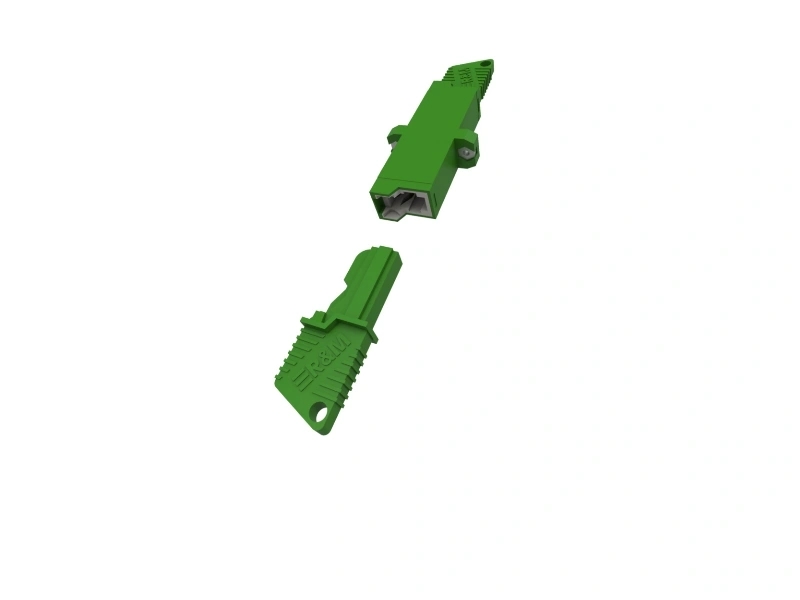An Introduction to Fiber Optic Adapter Wikipedia

Fiber optic adapter, also known as fiber optic coupler, plays a crucial role in telecommunications and networking. It is a device used to connect two fiber optic cables together in order to extend the reach or create a cross-connection. This article aims to provide a comprehensive overview of fiber optic adapters, covering their types, functionalities, and applications.
Types of Fiber Optic Adapters
There are various types of fiber optic adapters available, each designed to accommodate specific connector types and configurations. Some of the commonly used types include:
1. SC Fiber Optic Adapter:
The SC fiber optic adapter is one of the most widely used adapters. It features a square-shaped snap-in connector and is often used in data communications and telecommunications networks.
2. LC Fiber Optic Adapter:
The LC fiber optic adapter is smaller in size compared to the SC adapter and is commonly used in high-density applications. It uses a latch mechanism for secure connections, making it ideal for use in switches, routers, and other networking equipment.
3. ST Fiber Optic Adapter:
The ST fiber optic adapter utilizes a bayonet-style coupling mechanism and is commonly used in industrial and commercial applications. It is easy to install and offers reliable connections for various fiber optic systems.
Functionalities of Fiber Optic Adapters
Fiber optic adapters serve the primary function of bringing two fiber optic connectors together, but they also offer additional functionalities:
1. Connector Compatibility:
Fiber optic adapters allow for seamless connectivity between different types of fiber optic connectors, enabling flexibility and compatibility across various network systems.
2. Low Insertion Loss:
A high-quality fiber optic adapter ensures minimal signal loss during transmission, allowing for maximum clarity and efficiency in data transfer.
3. Dust Protection:
Fiber optic adapters often come with built-in dust caps or shutters to protect the connectors from contaminants like dust and debris, ensuring optimal performance and longevity.
Applications of Fiber Optic Adapters
Fiber optic adapters are widely used in various industries and applications, including:
1. Telecommunications:
Fiber optic adapters are commonly used in telecommunication networks to connect optical fibers and facilitate seamless data transmission.
2. Data Centers:
In data centers, fiber optic adapters are used to create connections between different networking equipment, such as switches, routers, and servers, ensuring high-speed and reliable data transfer.
3. Medical Sector:
Fiber optic adapters find applications in medical settings, particularly in diagnostic imaging systems and surgical equipment, where high-speed and accurate data transmission are crucial.
Summary
In summary, fiber optic adapters are vital components in fiber optic networks, allowing for seamless connections, compatibility, and efficient data transfer. With various types catering to different needs, these adapters play a significant role in telecommunications, data centers, and other industries. Understanding the functionalities and applications of fiber optic adapters is essential for anyone working with fiber optic networks.



